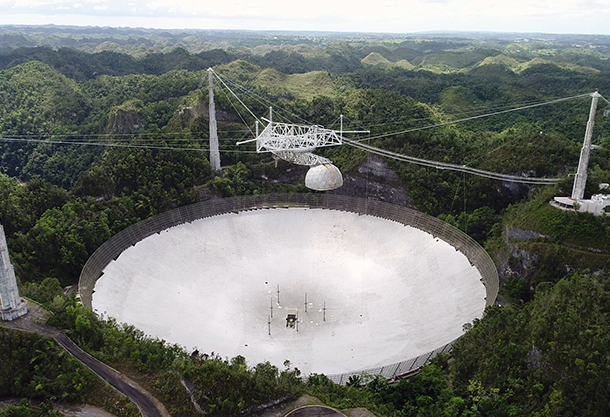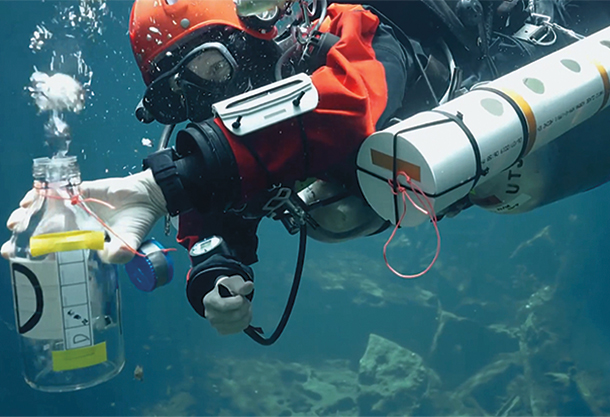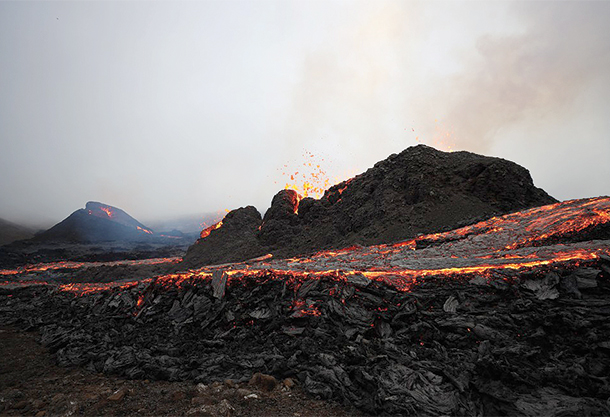Small Temperature Changes Have Glacial Consequences

Greenland’s coastline is dotted with glaciers that are separate from the island’s central ice sheet — and those glaciers are in a state of rapid retreat, according to a Northwestern and University of Copenhagen study. Led by Laura Larocca ’21 PhD, the research team compared current satellite images with historical aerial photographs of the coastline to track the changes in the lengths of more than 1,000 glaciers over the past 130 years. Although Greenland has experienced glacial retreat throughout the last century, the rate has accelerated over the past two decades, which have been marked by warmer summer air temperatures (up to 2 degrees Celsius warmer than the 1971–2000 baseline) and reduced snowfall. “Our activities over the next couple decades will greatly affect these glaciers. Every bit of temperature increase really matters,” says Larocca, who is an assistant professor at Arizona State University’s School of Ocean Futures. Learn more.












Reader Responses
No one has commented on this page yet.
Submit a Response